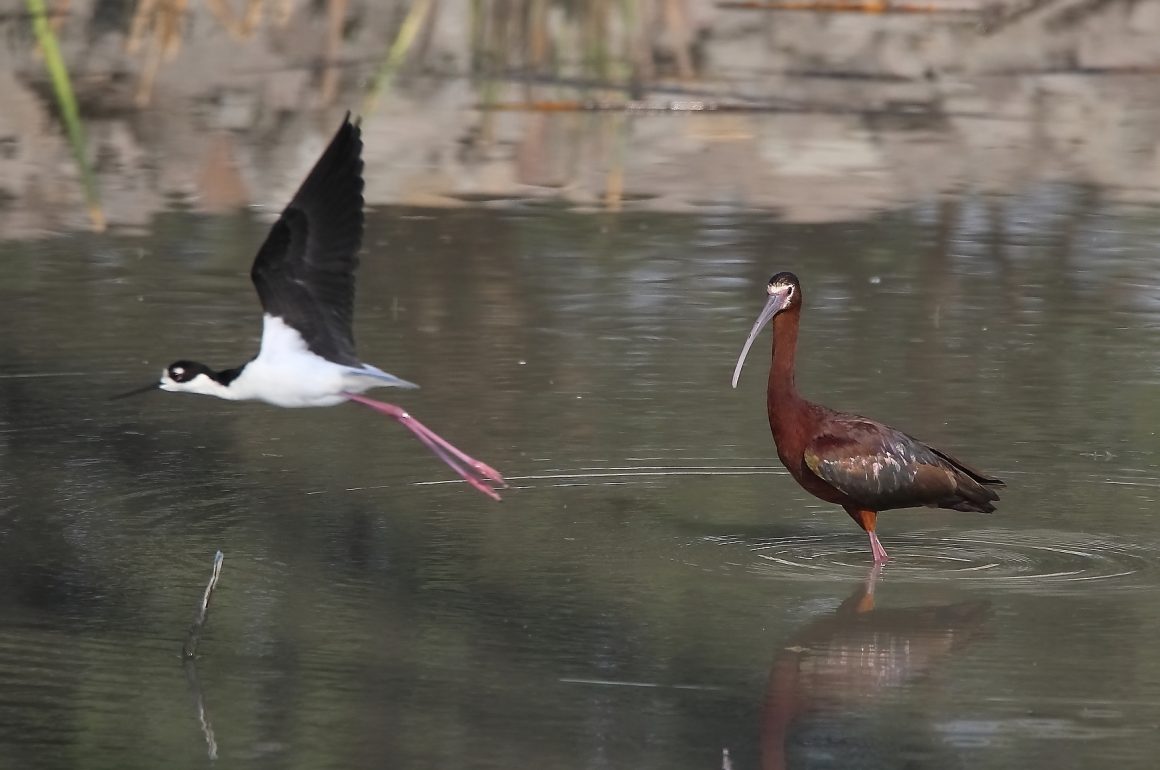
I have had very little time to bird lately, which is reflected in my lack of recent posts on this site. Family and work responsibilities have been unusually abundant. But Easter Week came along, leaving all my academic friends free to organize one big outing, and I most certainly wasn’t going to miss the party. On Saturday of that week, we had quite the lineup: an ornithologist and his very young son, another ornithologist, a botanist, a mathematician, a future ecologist, two women birders (I’m not sure about their schooling), and yours truly, a clergyman. I was the only non-Mexican in the group, and even I have lived here for 42 years.
I’ve said it before, but this is an astonishing development. Ten years ago I was “a voice crying in the wilderness”. But now this sort of home-grown group is meeting together regularly, with more people joining us every year. Since most of us have some sort of circle of influence, that represents much more hope for environmental activism in Michoacán than I could have dreamed about, back then.
Since I was the first active birder in this group, early on my friends tended to have me choose where we went. Nowadays, I try to let them reach an agreement before I weigh in. And they chose well this time: We went up to the shores of nearby Lake Cuitzeo to see if any rarities might be passing through on their way north. Some were!
Baird’s Sandpipers and Wilson’s Phalaropes arrive by the thousands in August and September, on their way south. But I felt privileged to see even a handful of Baird’s, and a single Phalarope, during their northward migration. They tend to follow other routes north.
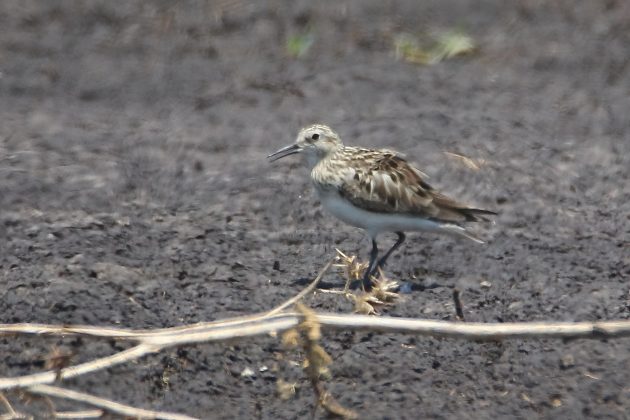
The Baird’s Sandpipers looked a bit the worse for wear, I must admit.
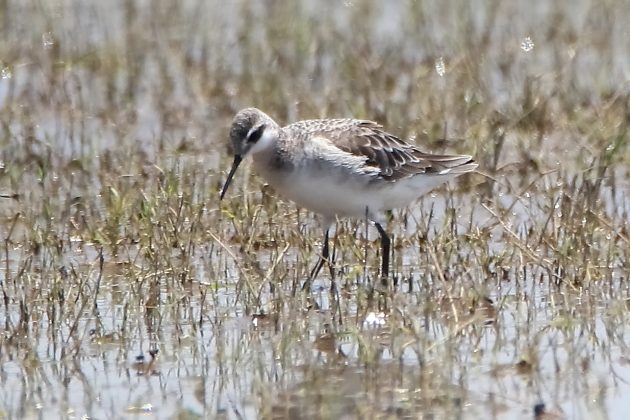
The lone Phalarope did not.
I have previously only registered the Solitary Sandpiper four times, with my only instance of this bird at Lake Cuitzeo being way back in 2017. It’s a confusing species, and I suspect I’ve misidentified it often. But this time we saw several, with the help of our ornithologist friends.
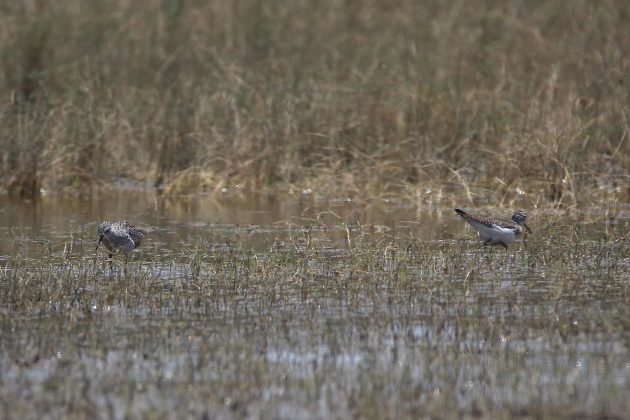
The bird on the right is definitely a Solitary Sandpiper. We’re not so sure about the one on the left.
The same can be said for my “Michoa-lifer” of the day. Thousands of Yellow-legged Blackbirds flew overhead, in waves, as they staged for their final push north. Various kinds of swallows were doing the same, staging for their northward trip. There were many migratory Tree, Violet-green, and Cliff Swallows, mixed in with many Barn Swallows that recently arrived to spend the summer here. But it took my friends’ eagle eyes to pick out a handful of Bank Swallows among them. I no doubt would have mistakenly identified them as Northern Rough-winged Swallows.
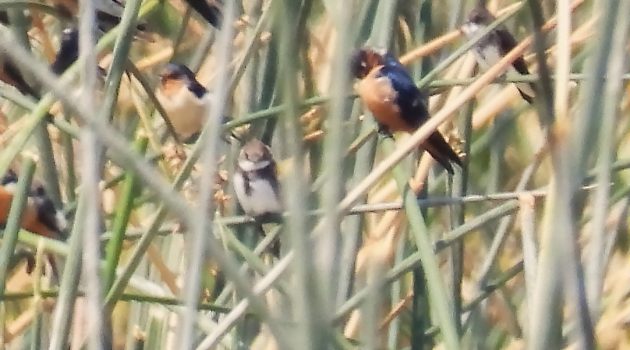
The Bank Swallows are the ones dressed in stylish gray and white.
There were also local species present, but in a much more extravagant presentation than they usually have. Snowy Egrets showed the courtship plumes that almost got them wiped out during the fad for feathered women’s hats.

American Avocets spend much of the year in subtle tones of black, gray and white. But their heads develop beautiful color during the mating season.
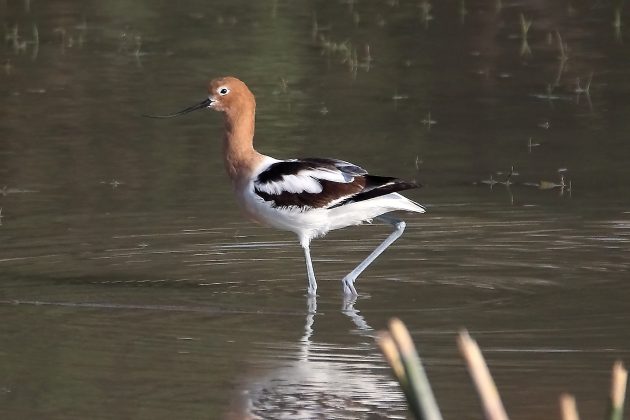
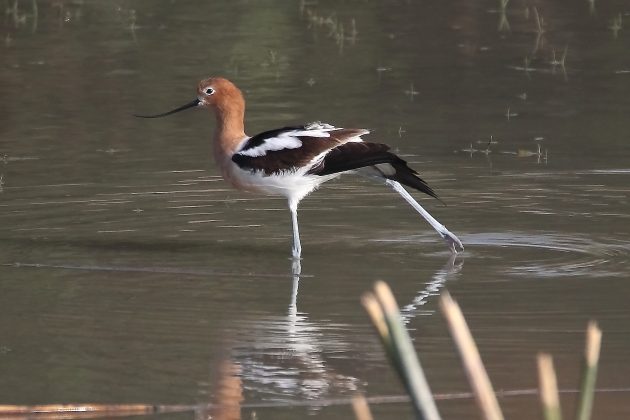
Stretching.
You might be surprised to know, upon looking at these photos, that White-faced Ibises spend most of the year looking mostly gray-to-black. They only show their namesake white faces for a few months in spring. The same goes for all their other nuptial colors. Beautiful!

Even the especially black-and-white Black-necked Stilts have a little color in mating season. (Along with their always-pink legs, of course.)
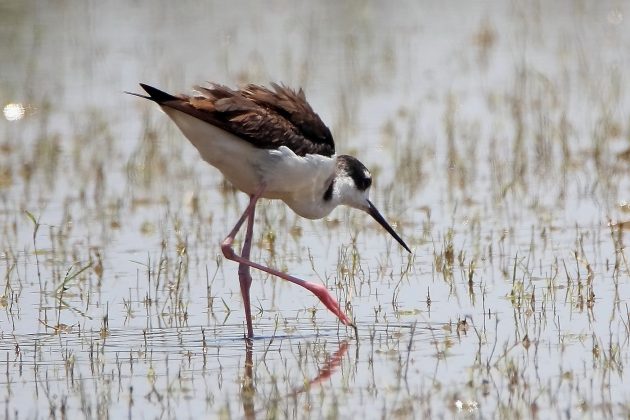
We were lucky to have an ornithologist who specializes in shorebirds with us. He has a sharp eye for eggs on beaches and lakebeds, Even then, he almost stepped on these. Their Killdeer parent did not hesitate to settle in as soon as we moved away.
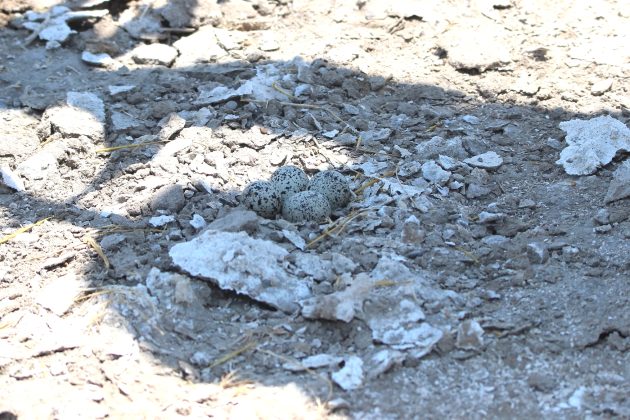
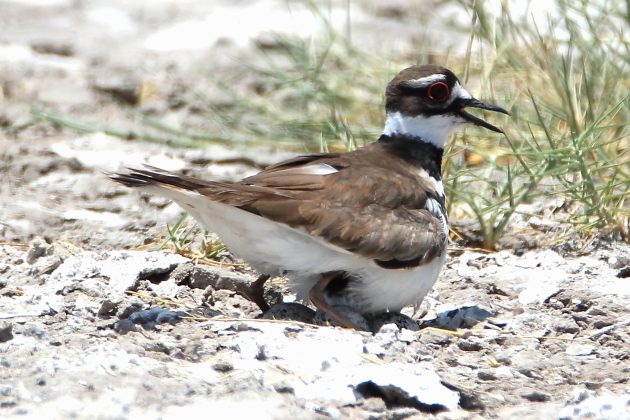
In the end, the nine of us saw a total of 88 species for the day. So both gangs, the one with binoculars and the one with feathers, turned up in force.




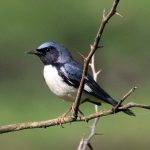

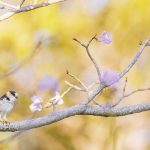
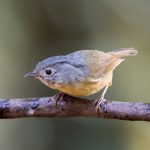



It was worth the wait, Paul.